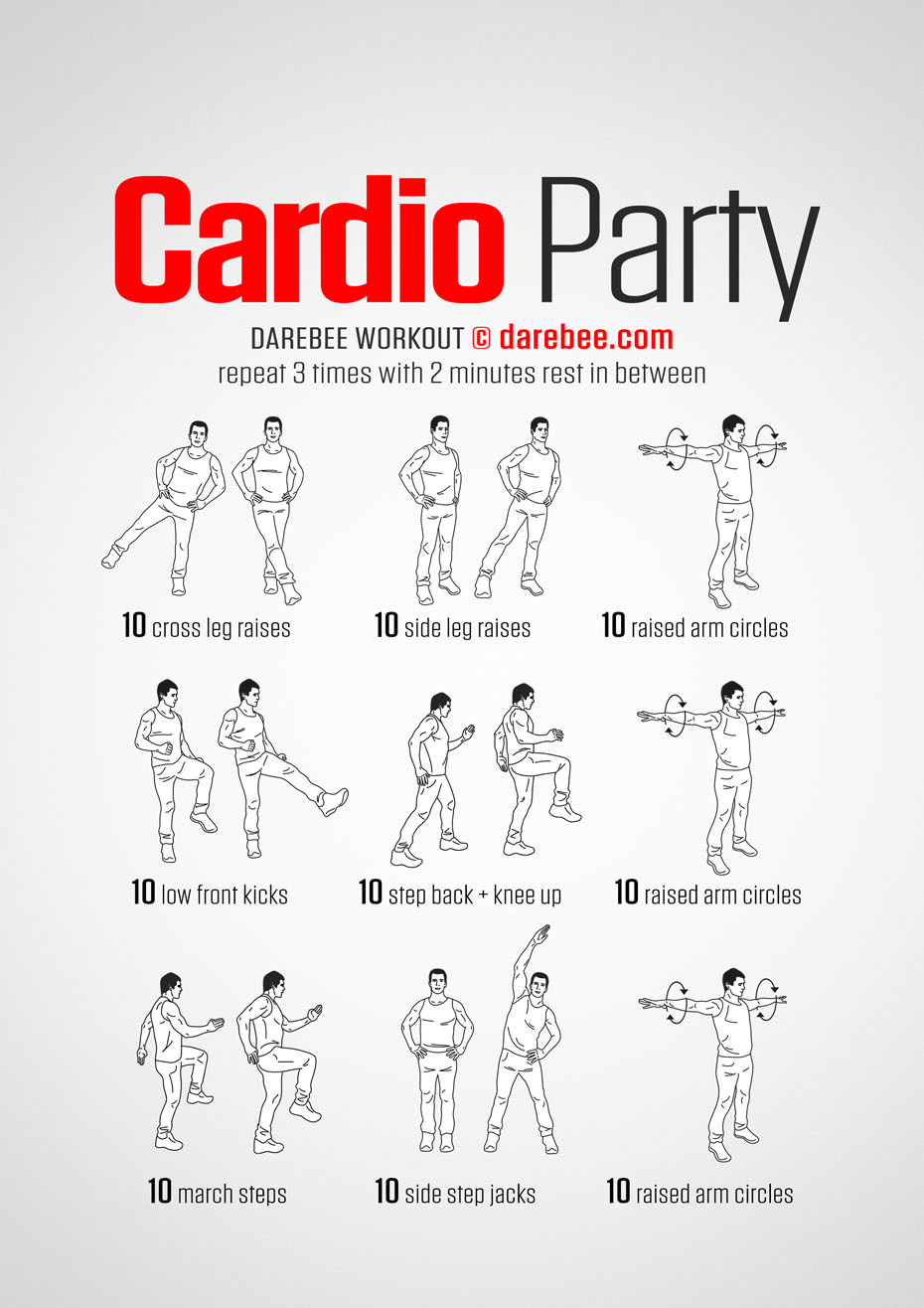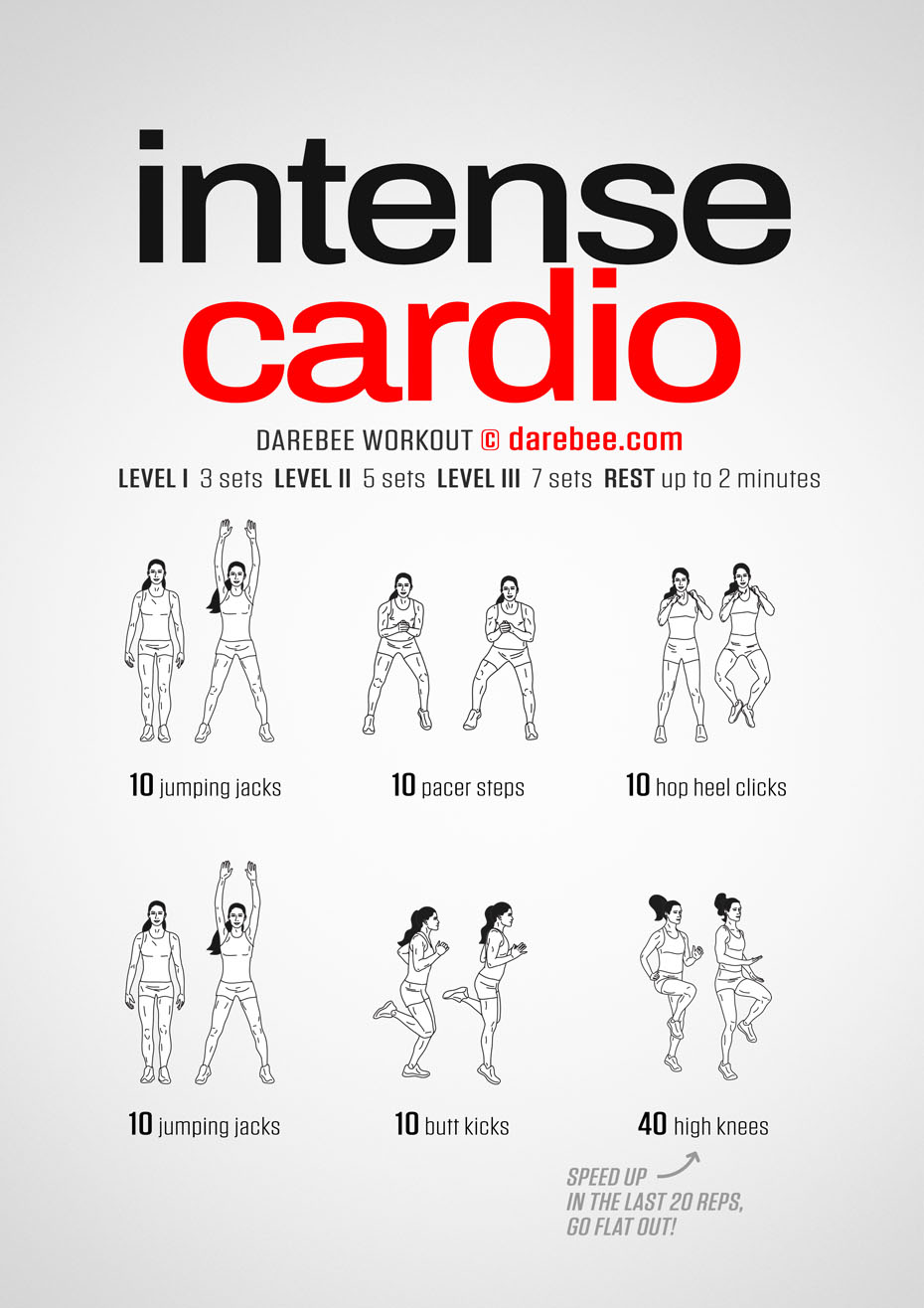

Cardio can be inclusive of any activity as long as the client’s exertion level is within the proper zone of training. Type describes the mode of exercise or specific equipment used to perform cardio. If this is the case, you will need to find ways to work cardio into one-on-one sessions to ensure that your clients reap all the benefits of a balanced fitness program. It’s efficient to have clients perform cardio on their own, with your programming guidance, but sometimes they can’t (or won’t) do that. For substantial health benefits, the 2018 Physical Activity Guidelines for Americans recommend that adults perform at least 150–300 minutes of moderate-intensity or 75–150 minutes of vigorous-intensity aerobic physical activity, or some combination of the two, each week (HHS 2018).Ĭlient schedules will be the largest limiting factor when it comes to performing cardio. Time describes how long the client spends doing cardio. Heart rate reserve, maximal heart rate, rating of perceived exertion and the talk test are a few methods of gauging intensity during workouts (NASM 2018). Looking at the client’s overall program in the scope of a week can help you identify days when you can increase intensity and days when the client will need more rest. As a general rule of thumb, the more intense the workout is, the more recovery the client will need before the next session. Intensity describes how hard the client is working during the cardio workout. See how quickly they recover, and then slowly add more days as fitness levels improve. Start beginner clients slowly by having them perform 1–3 days of cardio a week. Lower-intensity cardio workouts can be performed more frequently, while higher-intensity cardio may require fewer sessions during the week with more rest between them, to avoid the risk of overtraining.Īccording to NASM Essentials of Personal Fitness Training (Jones & Bartlett Learning 2018), for general health, cardio should occur daily for short amounts of time, and for fitness gains, it should happen 3–5 days per week at higher intensities. Keeping in mind all of the following factors will help you integrate a client’s needs, goals and interests into your programming: FREQUENCYįrequency describes how often the client performs cardio. 5 FITTE FACTORS OF EFFECTIVE CARDIO PROGRAMS It also means making sure that, whether we recommend traditional cardio equipment, like treadmills, bikes and rowers, or suggest HIIT classes with kettlebells, battle ropes and punching bags, we pick something our clients will enjoy, while minimizing their risk of injury.įortunately, NASM’s OPT™ model gives us a framework for looking at all of the factors that influence a client’s cardio success and enjoyment: Frequency, Intensity, Time, Type and Enjoyment-or FITTE.


However, finding the right workouts for particular clients means considering more than the physical benefits. The four words every client loves to hear: “It’s time for cardio!” (Cue the collective eye roll from clients around the globe.) As personal trainers, we know that cardiovascular training is undoubtedly an important part of our clients’ overall health and ability to function in activities of daily living.

Originally published in the Winter 2020 issue of American Fitness Magazine.


 0 kommentar(er)
0 kommentar(er)
